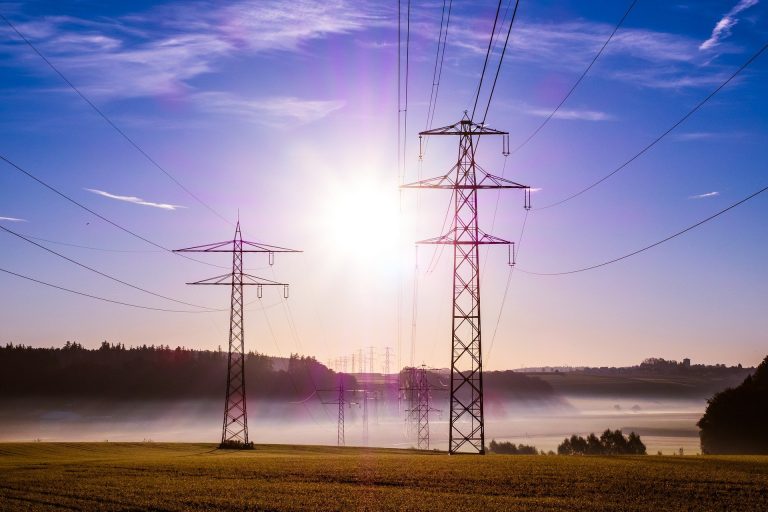On Oct. 11, Liaoning province in China issued a level two alert for power shortage. Liaoning is part of China’s rust-belt industrial region. It is the largest power consumer among the three provinces that make up the area.
This was the fifth time in the past two weeks that the province had issued the alert, warning that power shortfall could reach as much as 5 gigawatts (GW). A level two alert would mean that existing power is short by up to 20 percent of the total power demand.
The region has been facing power cuts since mid-September. A notice issued by the government department for the industry in Liaoning asked businesses to cut down power use at 6 a.m.
Beijing is urging top coal mining areas like Shanxi and Inner Mongolia to ramp up production. However, rains and floods in Shanxi have proved to be a roadblock to such efforts. Sixty coal mines in the province have been shut down due to flooding; several railway lines have been disrupted. Coal mines with a combined capacity of 4.8 million tons are currently not operational. In Inner Mongolia, roughly 200 coal mines have been asked to boost production.
The Chinese regime is also trying to import as much coal as possible to make up for the domestic shortage. September coal imports surged by 76 percent to 32.88 million tons, the highest level for the year and the fifth-highest monthly tally on record.
Success
You are now signed up for our newsletter
Success
Check your email to complete sign up
Power plants have been allowed to charge market prices to commercial customers, which is expected to hit power-hungry industries like chemicals, cement, and steel. This may eventually affect the country’s exports.
“Although power rationing doesn’t appear to have derailed the export sector so far, there is still a risk that it could do so in the coming weeks… And while officials have made clear that the focus of power rationing will be energy-intensive sectors such as metals and chemicals, the hit to output in these industries could filter through supply chains and hurt downstream exporters,” Julian Evans-Pritchard, Senior China Economist at Capital Economics, said in a note.
China’s September producer price index (PPI), which is a measure of prices that factories charge wholesalers, rose by 10.7 percent compared to a year ago. This is the highest PPI YoY increase since data began to be collected by the National Bureau of Statistics in Oct. 1996.
Dong Lijuan, a senior statistician with the NBS, admitted in an interview with China-backed CGTN that the price of industrial products had increased due to rising coal prices.
Many foreign businesses have raised concerns about the coal shortage and the consequent power crisis. European Union Chamber of Commerce representatives recently reported that some businesses just received a notice giving only one hour to reschedule shifts on plants having as many as 1,000 employees. The chamber has called for a “scientific, transparent” approach in such matters and improved communication of decisions.
“We need far better communication from the government to help our companies to cope… We don’t ask for privileges. We just ask for clarity,” Joerg Wuttke, the organization’s head, told South China Morning Post. At the Zhengzhou Commodity Exchange, coal futures hit a new intraday record on Oct. 13 with a price of 1,640 yuan ($254.30) a ton. According to Bloomberg Intelligence Analyst Michelle Leung, communist China’s coal shortage might ease this month. However, demand can spike up in December and January when the weather is usually colder.















